Home>Gardening & Outdoor>Landscaping Ideas>Why Grass Turning Yellow
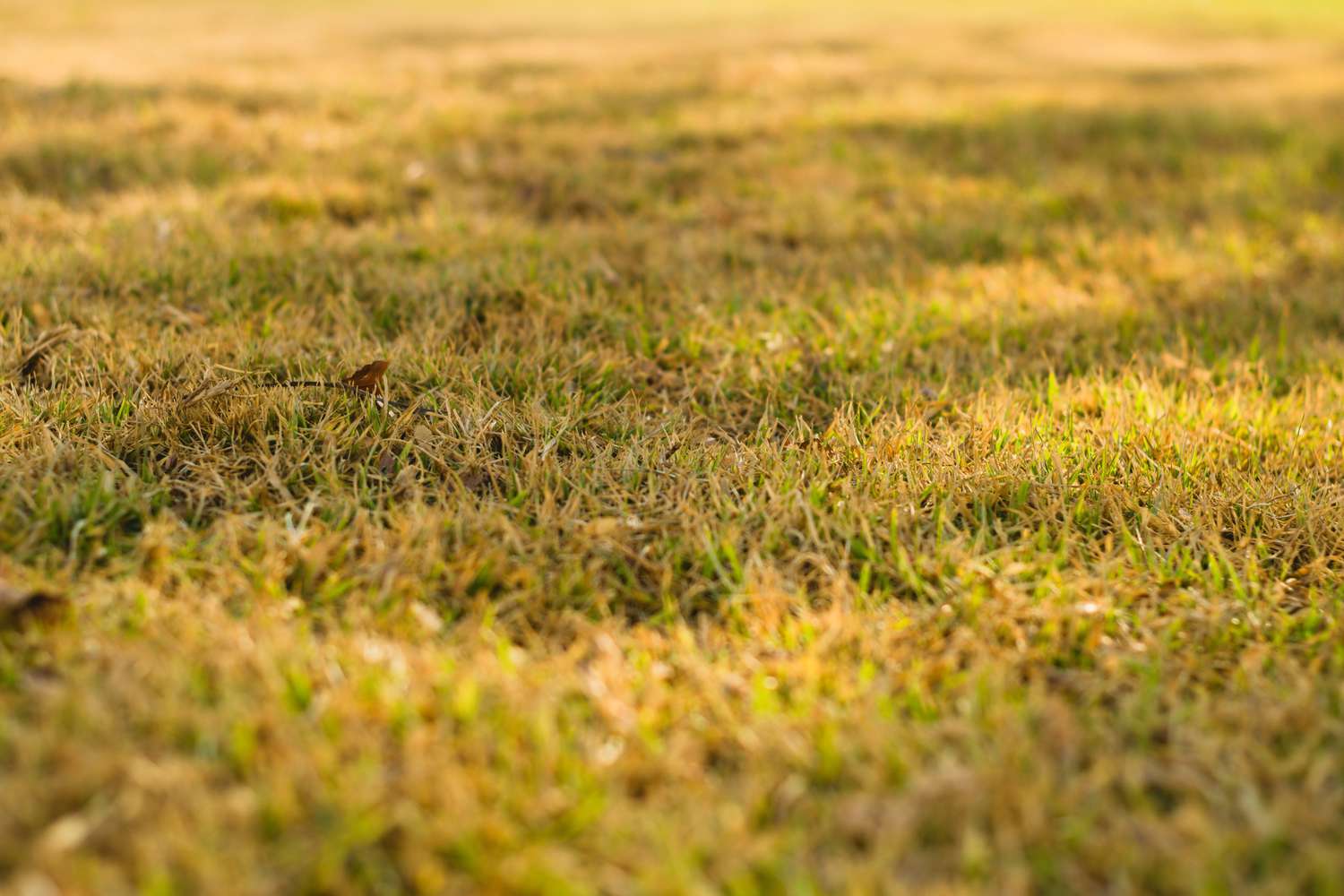

Landscaping Ideas
Why Grass Turning Yellow
Published: January 29, 2024
Discover effective landscaping ideas to prevent your grass from turning yellow. Learn how to maintain a vibrant, green lawn with expert tips and techniques.
(Many of the links in this article redirect to a specific reviewed product. Your purchase of these products through affiliate links helps to generate commission for Storables.com, at no extra cost. Learn more)
**
Introduction
**
Yellowing grass can be a distressing sight for any homeowner or landscaping enthusiast. The lush green expanse that once adorned your yard starts to lose its vibrancy, leaving you puzzled and eager to restore its former glory. Understanding the underlying causes of this phenomenon is crucial in devising effective remedies and revitalizing your lawn. In this comprehensive guide, we will delve into the various factors that contribute to grass turning yellow, ranging from environmental influences to soil issues, pest and disease problems, and nutrient deficiencies. By gaining insight into these factors and learning about the appropriate remedies, you can take proactive steps to ensure the health and beauty of your lawn. So, let's embark on this enlightening journey to uncover the secrets behind yellowing grass and discover the solutions to rejuvenate your outdoor oasis.
Key Takeaways:
- Yellowing grass can be caused by environmental factors, soil issues, pests, and nutrient deficiencies. Proper watering, soil testing, and pest control are essential for restoring the lush green appearance of your lawn.
- To remedy yellowing grass, implement strategies such as balanced fertilization, shade management, and integrated pest management. By addressing these factors, you can create a vibrant and resilient outdoor landscape.
Read more: Why Is My Ornamental Grass Turning Yellow
Causes of Yellowing Grass
When your once-vibrant green lawn starts to take on a yellow hue, several factors could be at play. Understanding the potential causes is the first step toward restoring your grass to its former splendor. Let’s explore the various factors that can contribute to yellowing grass:
Environmental Factors
Environmental stressors such as extreme temperatures, excessive rainfall, or drought can lead to yellowing grass. Prolonged exposure to intense heat or insufficient water can cause the grass to lose its lush green color, signaling distress and the need for intervention.
Soil Issues
The health of your grass is intricately linked to the condition of the soil it grows in. Compacted soil, poor drainage, or inadequate aeration can impede the grass’s ability to thrive, leading to yellowing and overall decline in health.
Pest and Disease Problems
Infestations by pests like grubs, chinch bugs, or disease-causing organisms can wreak havoc on your lawn, causing patches of grass to turn yellow as they succumb to the damage inflicted by these intruders.
Read more: Why Is My St. Augustine Grass Turning Yellow
Nutrient Deficiencies
A lack of essential nutrients, particularly nitrogen, can manifest as yellowing grass. Nutrient deficiencies can stem from various factors, including poor soil quality, inadequate fertilization, or imbalanced nutrient levels.
By identifying the specific factors contributing to the yellowing of your grass, you can take targeted measures to address these issues and restore the lush green vitality of your lawn. In the following sections, we will delve deeper into each of these factors, exploring remedies and proactive measures to counteract the yellowing of grass.
Environmental Factors
Environmental stressors play a significant role in the health and appearance of your lawn. When your grass starts to turn yellow, it may be a response to various environmental challenges. Understanding these factors can help you mitigate their impact and restore your lawn’s vibrancy.
1. Extreme Temperatures:
Grass can turn yellow in response to extreme heat or cold. High temperatures can lead to dehydration and stress, causing the grass to lose its green hue. On the other hand, cold temperatures can slow down the grass’s metabolic processes, affecting its color and overall health.
2. Excessive Rainfall or Drought:
Both too much and too little water can contribute to yellowing grass. Excessive rainfall can lead to waterlogged soil, suffocating the grass roots and impeding their ability to absorb essential nutrients. Conversely, prolonged drought can deprive the grass of much-needed moisture, leading to wilting and yellowing.
3. Sunlight Exposure:
Grass that is exposed to excessive sunlight, especially during the peak of summer, can experience sunburn and heat stress, causing it to turn yellow or brown. Providing adequate shade and adjusting watering schedules can help mitigate the impact of intense sunlight.
4. Air Pollution:
Pollutants in the air, such as vehicle emissions and industrial byproducts, can contribute to the yellowing of grass. These pollutants can hinder the grass’s ability to photosynthesize and thrive, leading to a decline in its health and color.
By recognizing the influence of environmental factors on your lawn, you can implement strategies to minimize their impact. From adjusting watering schedules to providing shade and addressing soil compaction, proactive measures can help your grass withstand environmental challenges and maintain its lush green appearance.
Soil Issues
The health of your grass is intricately linked to the condition of the soil it grows in. Several soil-related issues can contribute to the yellowing of grass, signaling the need for targeted intervention to address these underlying problems.
1. Compacted Soil:
Compacted soil can impede the circulation of air, water, and nutrients, restricting the grass’s root development and leading to yellowing and overall decline in health. Aerating the soil can help alleviate compaction and create a more hospitable environment for the grass to thrive.
2. Poor Drainage:
Inadequate drainage can result in waterlogged soil, depriving the grass roots of oxygen and causing them to suffocate. This can lead to yellowing and wilting of the grass. Improving drainage through proper grading and the addition of organic matter can help mitigate this issue.
3. Soil pH Imbalance:
An imbalanced soil pH can affect the availability of essential nutrients to the grass, leading to yellowing and nutrient deficiencies. Conducting a soil test can help identify pH imbalances, allowing you to adjust the soil’s acidity or alkalinity as needed.
4. Soil Nutrient Depletion:
Over time, the soil may become depleted of essential nutrients, impacting the grass’s health and color. Regular fertilization and the addition of organic matter can help replenish the soil’s nutrient content, supporting the grass’s growth and vibrancy.
Addressing soil issues is essential for promoting the overall health and vitality of your lawn. By implementing measures to improve soil structure, drainage, pH balance, and nutrient content, you can create an environment conducive to vibrant, green grass, reducing the incidence of yellowing and promoting a thriving outdoor landscape.
Pest and Disease Problems
Infestations by pests and diseases can pose significant challenges to the health and appearance of your lawn, often manifesting as patches of yellowing grass. Identifying these issues and implementing targeted control measures are crucial for preserving the lush green expanse of your outdoor space.
1. Pest Infestations:
Pests such as grubs, chinch bugs, and armyworms can wreak havoc on your lawn, causing localized areas of yellowing and thinning grass. Regular inspection and early detection of pest activity can help prevent widespread damage, allowing for timely intervention through targeted pest control measures.
2. Fungal Diseases:
Fungal diseases, such as dollar spot, brown patch, and rust, can lead to the yellowing and browning of grass blades, often accompanied by characteristic patterns and lesions. Proper lawn maintenance practices, including adequate aeration, proper watering, and the use of disease-resistant grass varieties, can help mitigate the impact of fungal diseases.
3. Bacterial and Viral Infections:
Bacterial and viral infections can also contribute to the yellowing and decline of grass. These infections can be challenging to manage and often require professional diagnosis and treatment. Implementing preventive measures, such as maintaining optimal soil and grass health, can help reduce the risk of these infections.
4. Weeds and Invasive Plants:
The presence of weeds and invasive plants can compete with the grass for essential nutrients and resources, leading to yellowing and thinning of the turf. Effective weed management practices, including targeted herbicide application and regular maintenance, can help prevent weed-related yellowing of the grass.
By addressing pest and disease problems through integrated pest management, proper lawn care practices, and timely intervention, you can safeguard your lawn against the detrimental effects of these threats, promoting a vibrant and resilient outdoor landscape.
Read more: Why Does My Dog’s Pee Turn The Grass Yellow
Nutrient Deficiencies
Adequate nutrition is essential for the health and vibrancy of your lawn. When grass begins to turn yellow, it may be indicative of nutrient deficiencies that hinder its growth and vitality. Understanding the role of essential nutrients and identifying potential deficiencies are crucial steps in restoring the lush green appearance of your lawn.
1. Nitrogen Deficiency:
Nitrogen is a key nutrient for grass growth and the vibrant green color of foliage. A lack of nitrogen can result in pale or yellowing grass, signaling the need for supplemental fertilization to address this deficiency and promote healthy growth and coloration.
2. Phosphorus and Potassium Deficiency:
Phosphorus and potassium are essential for root development, stress tolerance, and overall plant vigor. Deficiencies in these nutrients can manifest as yellowing or browning of grass, particularly in older leaves. Applying balanced fertilizers containing phosphorus and potassium can help rectify these deficiencies and promote optimal grass health.
3. Iron Deficiency:
Iron plays a crucial role in chlorophyll production, which is essential for the green pigmentation of grass. An iron deficiency can lead to yellowing or whitening of grass blades, indicating the need for iron supplementation through targeted fertilization or soil amendments to restore the grass’s color and vigor.
4. Micronutrient Imbalances:
Deficiencies in micronutrients such as magnesium, calcium, and sulfur can also impact the color and health of grass. Conducting a comprehensive soil test can help identify micronutrient imbalances, enabling you to address these deficiencies through targeted fertilization and soil amendments.
By addressing nutrient deficiencies through strategic fertilization, soil amendments, and proper lawn care practices, you can provide your grass with the essential elements it needs to thrive, promoting a vibrant and verdant outdoor landscape for your enjoyment.
Remedies for Yellowing Grass
When confronted with the sight of yellowing grass, it’s essential to take proactive measures to identify and address the underlying causes. By implementing targeted remedies, you can revitalize your lawn and restore its lush green beauty. Let’s explore effective strategies for remedying yellowing grass:
Environmental Solutions
1. Proper Watering Practices:
Establish a consistent watering schedule, ensuring that your lawn receives adequate moisture without being overwatered. Deep, infrequent watering promotes healthy root development and reduces the risk of yellowing due to drought stress.
2. Shade Management:
Provide shade for grass that is exposed to intense sunlight, especially during the hottest parts of the day. Planting trees or installing temporary shading structures can help mitigate the impact of excessive sunlight on your lawn.
Soil Management
1. Core Aeration:
Aerate compacted soil to improve air and water circulation, promoting healthier root growth and reducing the likelihood of yellowing due to soil compaction.
2. Soil Testing and Amendment:
Conduct a comprehensive soil test to identify nutrient deficiencies and pH imbalances. Based on the results, amend the soil with targeted fertilizers and soil conditioners to rectify these issues and support the grass’s health and color.
Read more: What Causes Grass To Turn Yellow
Pest and Disease Control
1. Integrated Pest Management:
Implement integrated pest management practices to control pest infestations effectively. This may include the targeted application of insecticides or the use of natural predators to manage pest populations without harming beneficial organisms.
2. Disease Prevention:
Adopt preventive measures to minimize the risk of fungal, bacterial, and viral diseases. This includes proper lawn maintenance, adequate aeration, and the use of disease-resistant grass varieties to reduce the likelihood of yellowing due to disease infestations.
Fertilization and Nutrient Management
1. Balanced Fertilization:
Apply a balanced fertilizer containing essential nutrients, including nitrogen, phosphorus, potassium, and micronutrients, to address nutrient deficiencies and promote vibrant green growth.
2. Organic Amendments:
Incorporate organic matter such as compost and well-decomposed manure into the soil to improve its structure and nutrient content, supporting the overall health and color of the grass.
By implementing these targeted remedies, you can address the underlying causes of yellowing grass and promote a vibrant, resilient lawn that enhances the beauty of your outdoor space. Taking a proactive approach to lawn care and addressing issues promptly can lead to a thriving and picturesque landscape for you to enjoy.
Environmental Solutions
Implementing environmental solutions is crucial for mitigating the impact of external factors that contribute to yellowing grass. By addressing key environmental stressors, you can create a more favorable and supportive environment for your lawn to thrive. Let’s explore effective environmental solutions for preserving the health and vibrancy of your grass:
1. Proper Watering Practices:
Establishing a well-managed watering routine is essential for sustaining healthy grass. Deep, infrequent watering encourages robust root development and reduces the risk of yellowing due to drought stress. Avoid overwatering, as excessively moist conditions can lead to root suffocation and subsequent yellowing of the grass.
2. Shade Management:
Providing adequate shade for your grass can help protect it from the detrimental effects of excessive sunlight. Planting trees or installing temporary shading structures in areas exposed to intense sunlight can mitigate the risk of sunburn and heat stress, preserving the lush green color of your lawn.
3. Weather Monitoring:
Stay attuned to weather patterns and environmental conditions that may impact your lawn. Be proactive in adjusting your lawn care practices in response to extreme temperatures, excessive rainfall, or prolonged drought to minimize the stress experienced by your grass and reduce the likelihood of yellowing.
4. Soil Moisture Management:
Monitor soil moisture levels to ensure that your lawn receives adequate hydration without becoming waterlogged. Proper soil moisture management supports healthy grass growth and minimizes the risk of yellowing due to water-related stressors.
By incorporating these environmental solutions into your lawn care regimen, you can create a more resilient and vibrant outdoor landscape. Proactive management of environmental factors is essential for preserving the health and beauty of your grass, ensuring that it remains a source of pride and enjoyment for you and your family.
Soil Management
Optimal soil conditions are fundamental to the health and vibrancy of your lawn. Implementing effective soil management practices can create a supportive foundation for robust grass growth, reducing the risk of yellowing and promoting a lush, green expanse. Let’s explore key soil management strategies to enhance the vitality of your lawn:
1. Core Aeration:
Aerating the soil is a critical practice for addressing compaction and promoting healthy root development. Core aeration involves removing small plugs of soil, allowing air, water, and nutrients to penetrate the root zone. This process alleviates compaction, enhances soil structure, and reduces the risk of yellowing due to restricted root growth.
2. Soil Testing and Amendment:
Conducting a comprehensive soil test is essential for identifying nutrient deficiencies, pH imbalances, and other soil-related issues. Based on the test results, amend the soil with targeted fertilizers, organic matter, or soil conditioners to rectify these issues and create an optimal growing environment for your grass.
3. Proper Drainage:
Ensuring adequate soil drainage is crucial for preventing waterlogged conditions that can lead to yellowing and root suffocation. Address drainage issues through proper grading, the installation of drainage systems, and the addition of organic matter to improve soil structure and permeability.
4. Soil Structure Maintenance:
Maintaining healthy soil structure through regular cultivation, the addition of organic matter, and minimal soil disturbance supports beneficial microbial activity and nutrient availability. Healthy soil structure promotes vigorous root growth and reduces the risk of yellowing due to poor soil conditions.
By prioritizing soil management as part of your lawn care routine, you can create an environment that fosters the robust growth and verdant coloration of your grass. Healthy, well-managed soil serves as the cornerstone of a thriving lawn, ensuring that your outdoor space remains a picturesque and inviting retreat for relaxation and enjoyment.
Read more: Why Is My Pillowcase Turning Yellow
Pest and Disease Control
Protecting your lawn from the detrimental impact of pests and diseases is essential for maintaining its lush green appearance and overall health. Implementing proactive pest and disease control measures can safeguard your grass from yellowing and ensure a vibrant and resilient outdoor landscape. Let’s explore effective strategies for pest and disease control:
1. Integrated Pest Management (IPM):
Adopting an integrated approach to pest management involves combining cultural, biological, and chemical control methods to effectively manage pest populations while minimizing environmental impact. Regular monitoring, timely intervention, and the use of natural predators are integral components of an IPM program, helping to control pests without compromising the health of your lawn.
2. Targeted Pest Control:
Identify specific pests that pose a threat to your lawn, such as grubs, chinch bugs, or armyworms, and implement targeted control measures. This may involve the judicious application of insecticides or the use of biological control agents to manage pest populations and prevent yellowing and damage to the grass.
3. Disease Prevention:
Preventive measures play a crucial role in minimizing the risk of fungal, bacterial, and viral diseases that can lead to yellowing and decline in grass health. Proper lawn maintenance practices, including adequate aeration, regular mowing, and the use of disease-resistant grass varieties, can help reduce the likelihood of disease infestations.
4. Fungicide Application:
In cases where fungal diseases pose a significant risk to the health of your lawn, targeted fungicide applications may be necessary. Selective use of fungicides, in conjunction with cultural practices, can help manage fungal diseases and prevent widespread yellowing and damage to the grass.
By incorporating these pest and disease control strategies into your lawn care regimen, you can minimize the impact of harmful organisms and diseases, promoting a resilient and vibrant outdoor landscape. Proactive management of pest and disease threats is essential for preserving the beauty and vitality of your lawn, ensuring that it remains an inviting and enjoyable space for leisure and relaxation.
Ensure your grass is getting enough water, sunlight, and nutrients. Overwatering, compacted soil, and lack of nitrogen can cause yellowing. Consider aerating and fertilizing as needed.
Fertilization and Nutrient Management
Proper fertilization and nutrient management play a pivotal role in sustaining the health, vigor, and vibrant green color of your lawn. By providing essential nutrients and maintaining optimal soil fertility, you can mitigate the risk of yellowing and promote robust grass growth. Let’s explore key strategies for effective fertilization and nutrient management:
1. Balanced Fertilization:
Applying a balanced fertilizer containing essential nutrients, including nitrogen, phosphorus, and potassium, is crucial for promoting healthy grass growth and coloration. Select a fertilizer with a balanced NPK ratio tailored to the specific needs of your lawn, ensuring that it receives the nutrients required for lush, green foliage.
2. Seasonal Fertilization Schedule:
Adhere to a seasonal fertilization schedule, providing your lawn with the necessary nutrients at key growth stages. This includes a spring application to support early-season growth, a summer application to sustain color and vigor, and a fall application to promote root development and winter hardiness.
3. Organic Amendments:
Incorporating organic matter, such as compost, well-decomposed manure, or organic fertilizers, into the soil enhances its structure and nutrient content. Organic amendments promote microbial activity, improve soil fertility, and support the long-term health and color of your grass.
4. Soil Testing and Nutrient Analysis:
Conduct regular soil tests to assess nutrient levels and pH balance, guiding your fertilization practices. Soil testing provides valuable insights into nutrient deficiencies, allowing you to tailor your fertilization approach and address specific nutrient imbalances that may contribute to yellowing of the grass.
5. Slow-Release Fertilizers:
Consider using slow-release fertilizers that provide a steady, consistent supply of nutrients to the grass over an extended period. Slow-release formulations promote efficient nutrient uptake, reduce the risk of leaching, and support sustained grass color and vitality.
By integrating these fertilization and nutrient management strategies into your lawn care routine, you can provide your grass with the essential elements it needs to thrive. A well-nourished lawn exhibits vibrant green coloration, robust growth, and enhanced resilience, creating an inviting outdoor space for relaxation and recreation.
Conclusion
Understanding the factors contributing to yellowing grass and implementing proactive measures to address these issues are essential for maintaining a vibrant and healthy lawn. By exploring the environmental influences, soil considerations, pest and disease challenges, and nutrient management strategies, you can embark on a journey to rejuvenate your outdoor oasis and promote a lush, green landscape.
Environmental factors, such as extreme temperatures, water availability, sunlight exposure, and air pollution, can impact the health and color of your grass. Implementing proper watering practices, shade management, and weather monitoring can mitigate the effects of these stressors, promoting a resilient and verdant lawn.
Soil management plays a crucial role in creating a supportive growing environment for your grass. Core aeration, soil testing, proper drainage, and soil structure maintenance are integral components of effective soil management, fostering healthy root development and reducing the risk of yellowing due to soil-related issues.
Pest and disease control is essential for safeguarding your lawn against harmful organisms and diseases that can lead to yellowing and decline in grass health. Integrated pest management, targeted pest control, disease prevention, and selective fungicide applications are key strategies for preserving the vibrancy of your grass.
Fertilization and nutrient management are fundamental for providing your lawn with the essential elements it needs to thrive. Balancing fertilization, incorporating organic amendments, conducting soil testing, and utilizing slow-release fertilizers support robust grass growth and vibrant coloration, ensuring a picturesque and inviting outdoor landscape.
By integrating these insights and strategies into your lawn care regimen, you can proactively address yellowing grass and create an environment where your lawn can flourish. Embracing the principles of environmental stewardship, soil health, pest and disease management, and nutrient optimization, you can cultivate a vibrant and resilient outdoor space that enriches your daily life and provides a captivating backdrop for leisure and relaxation.
With a commitment to proactive care and a deep understanding of the factors influencing grass health, you can transform yellowing patches into a thriving, verdant lawn that enhances the beauty and allure of your outdoor living space.
Frequently Asked Questions about Why Grass Turning Yellow
Was this page helpful?
At Storables.com, we guarantee accurate and reliable information. Our content, validated by Expert Board Contributors, is crafted following stringent Editorial Policies. We're committed to providing you with well-researched, expert-backed insights for all your informational needs.


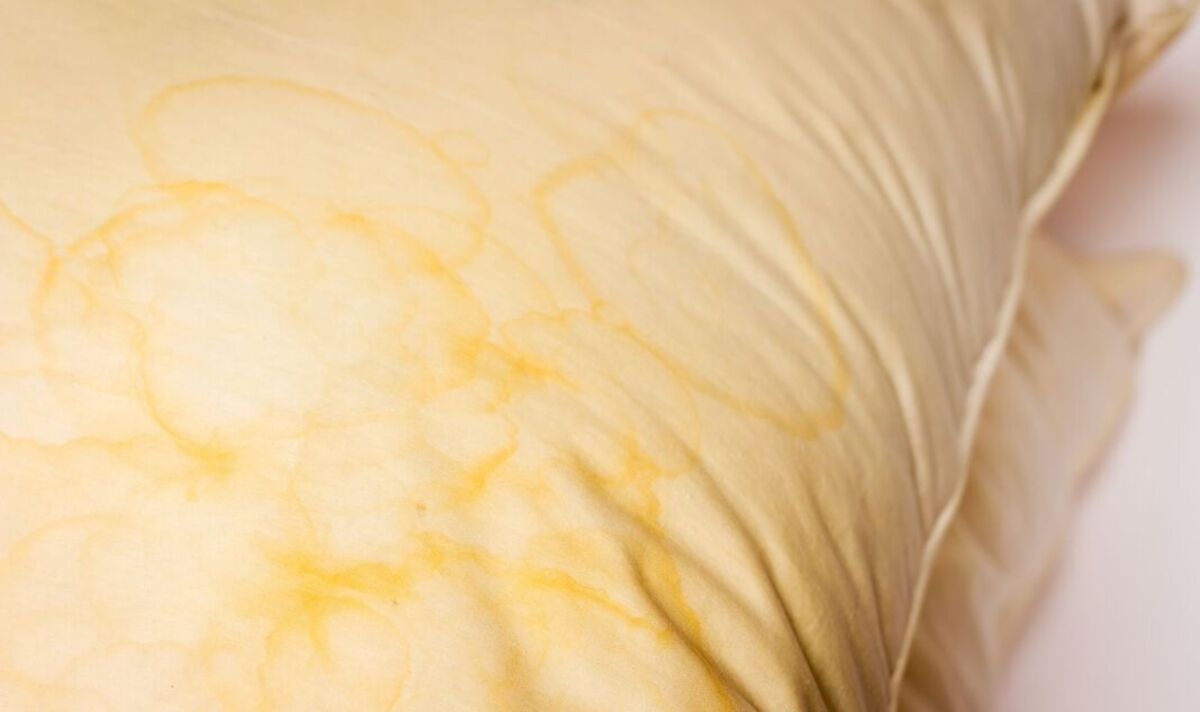

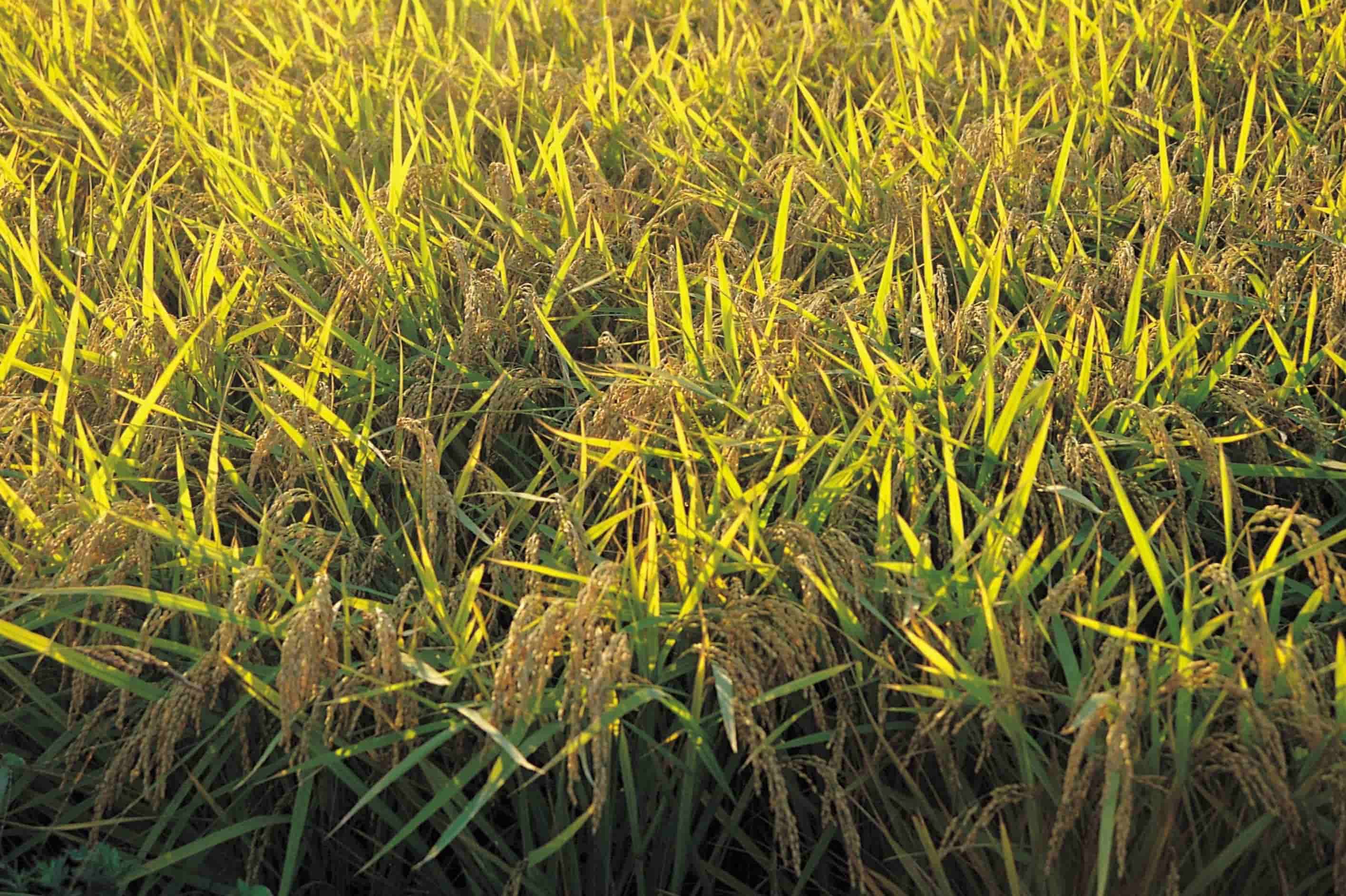
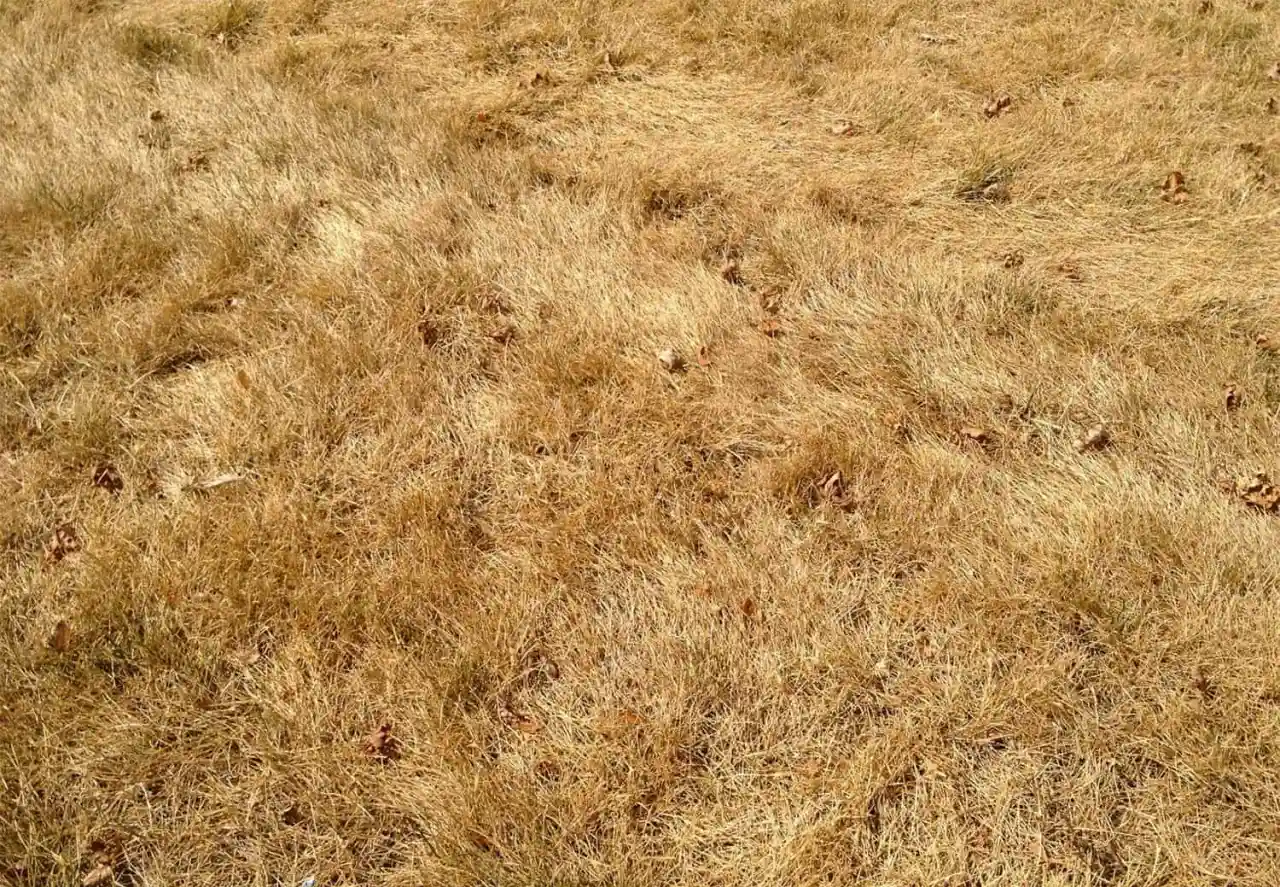
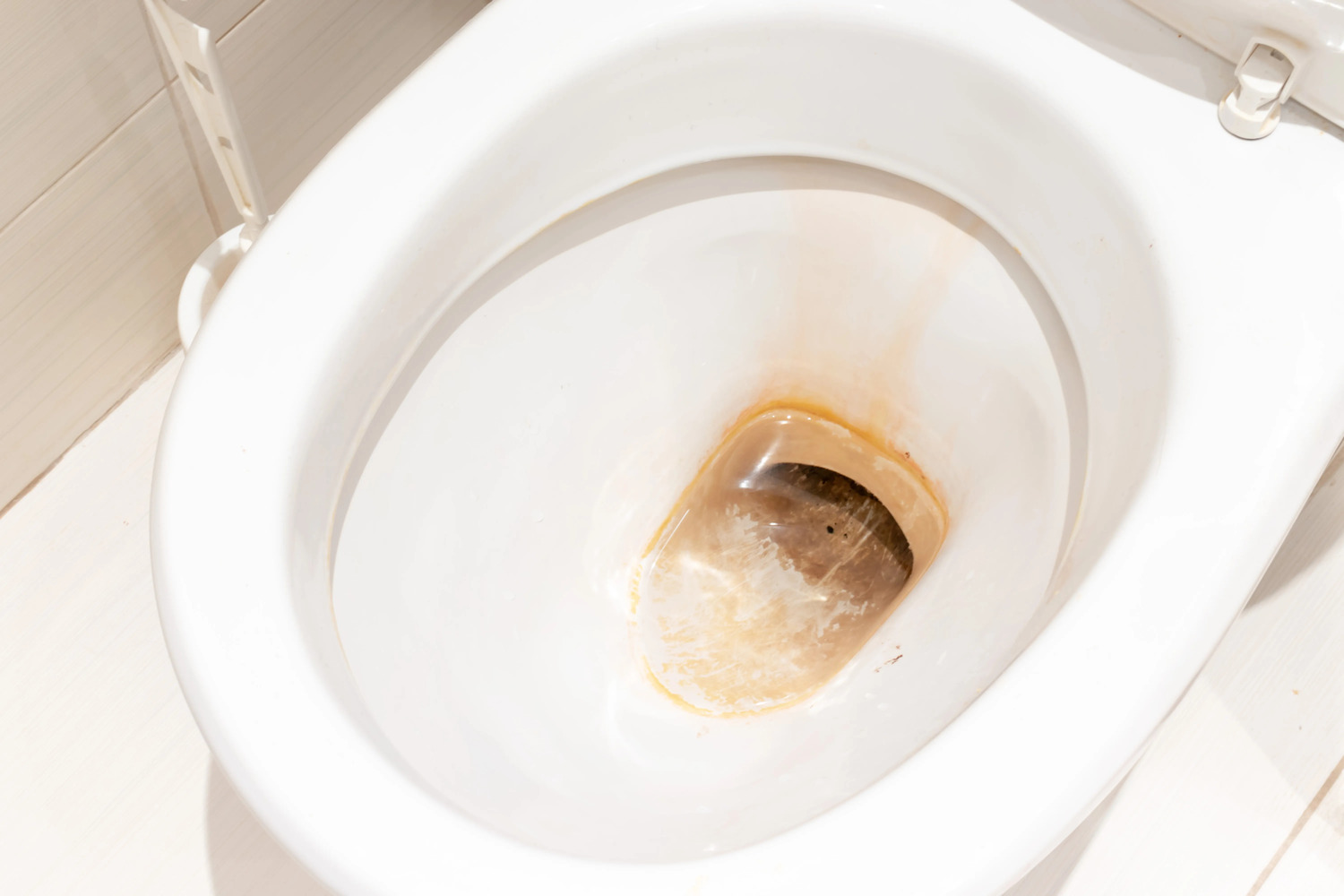
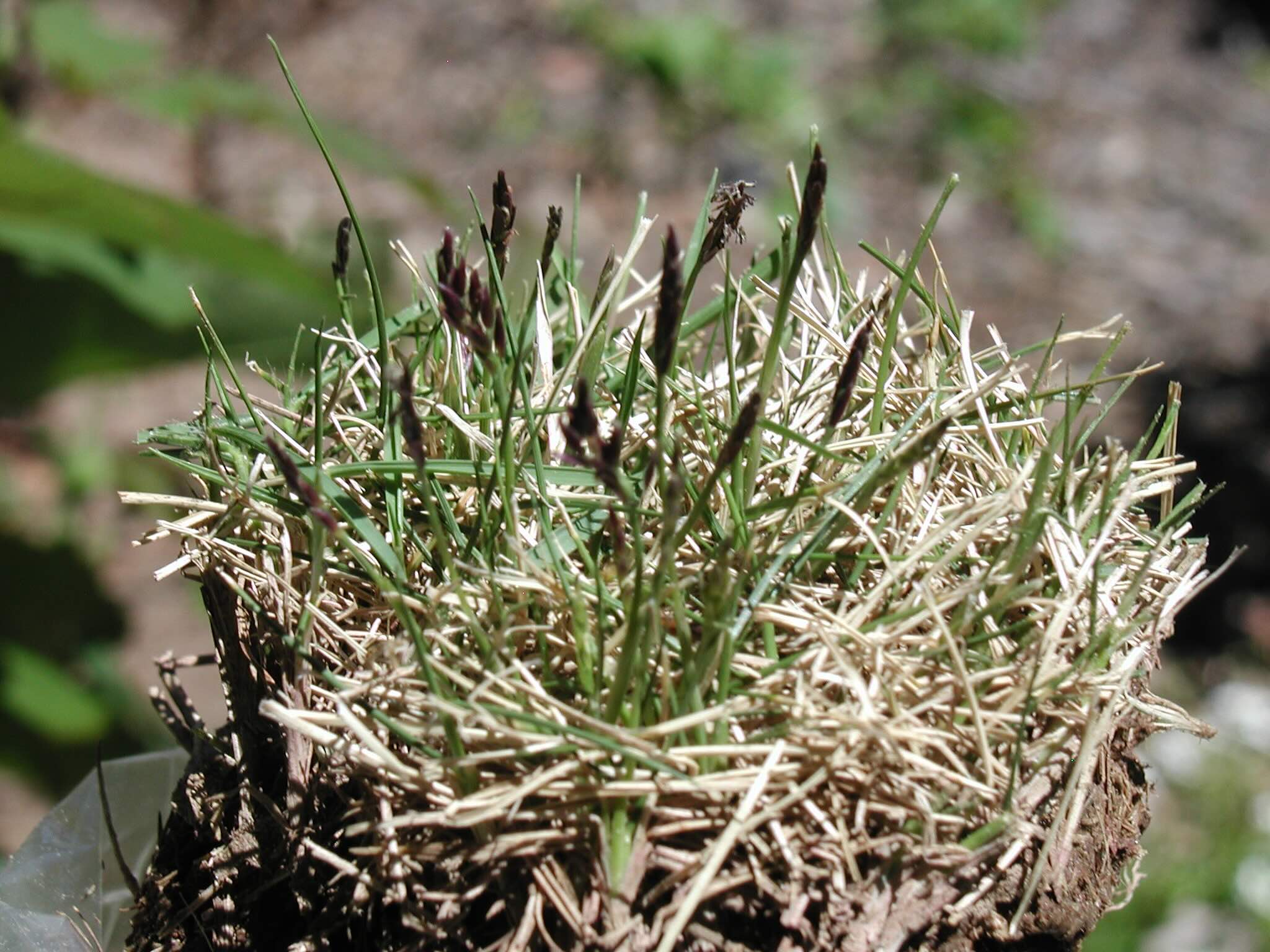
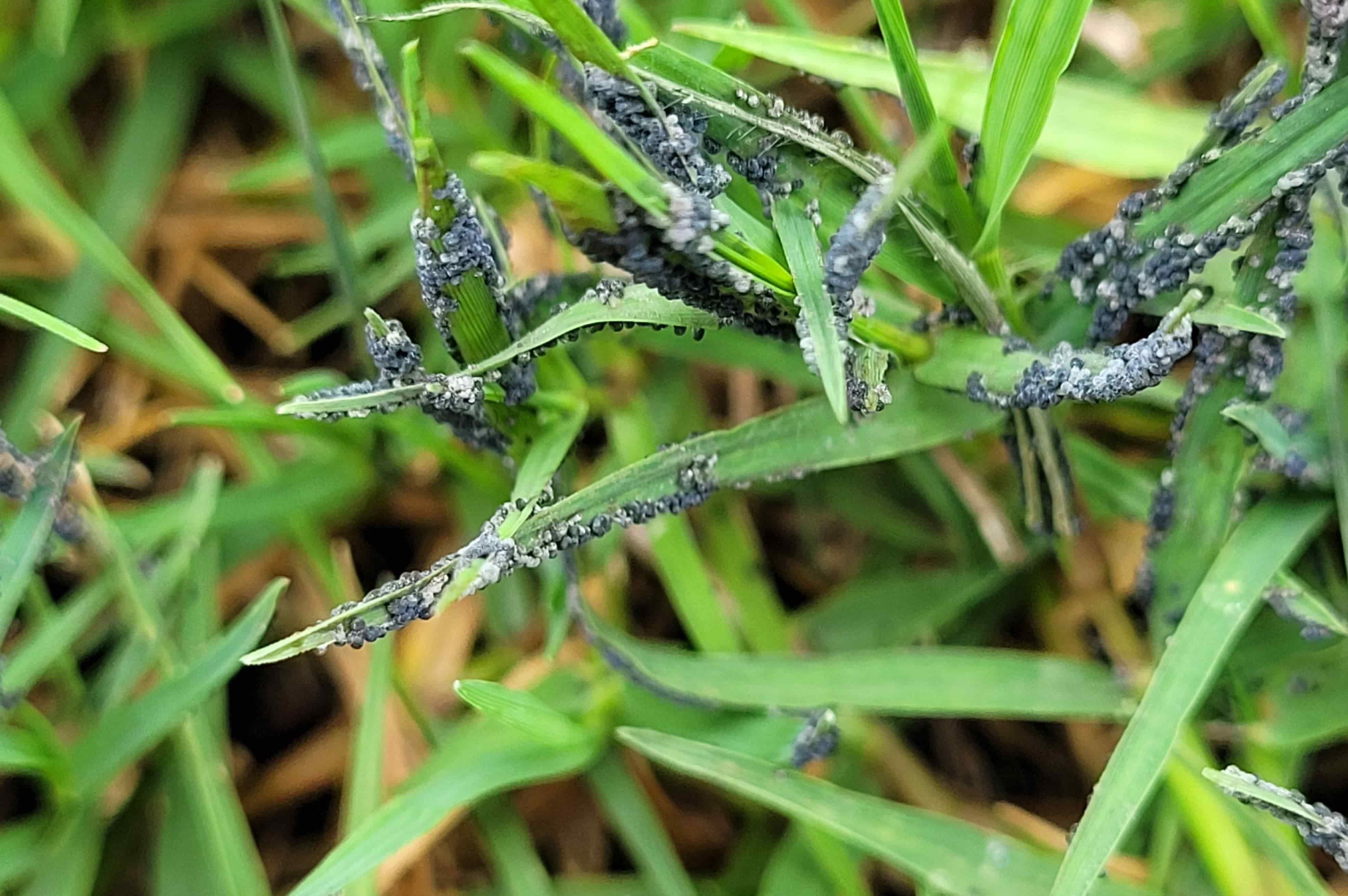
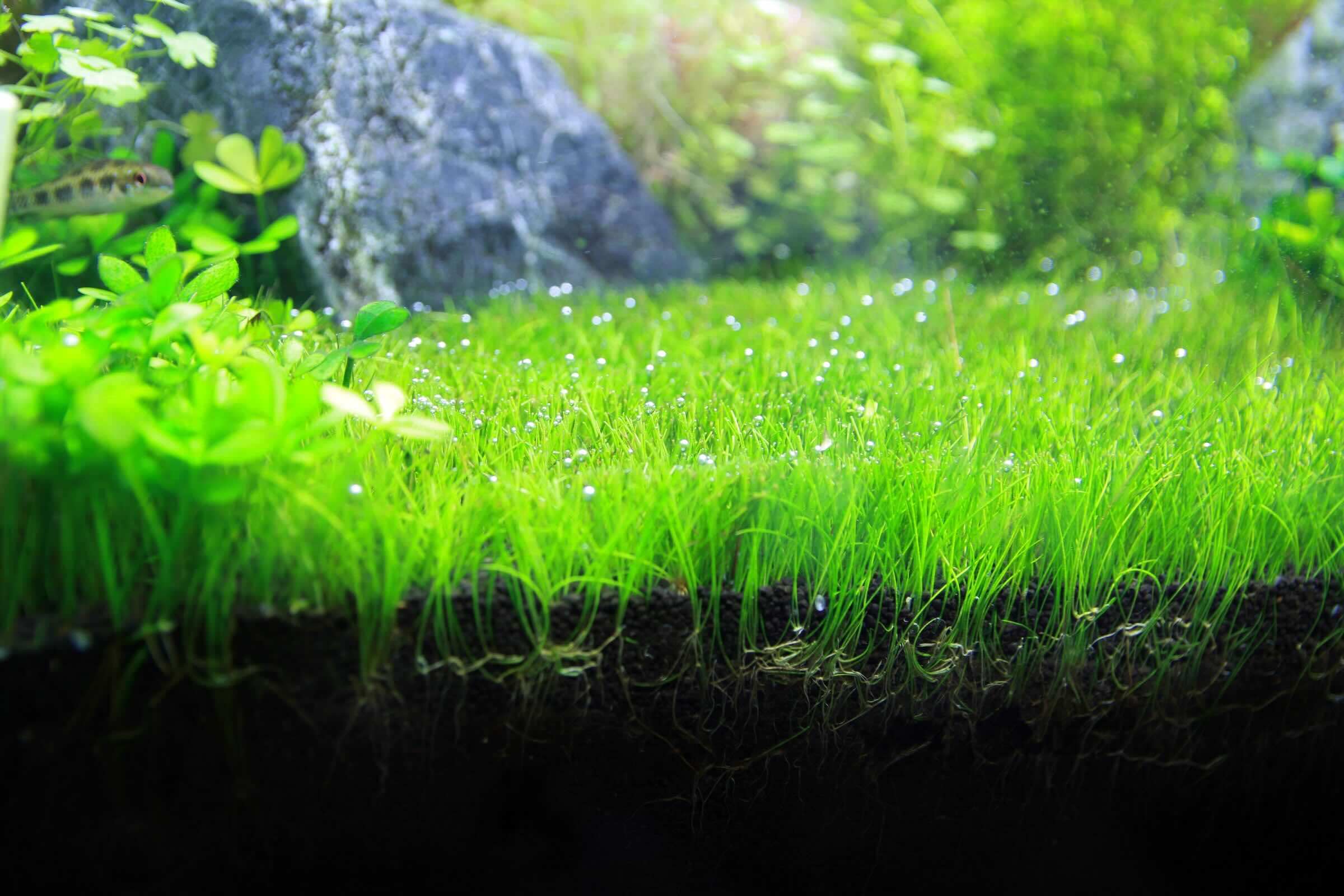
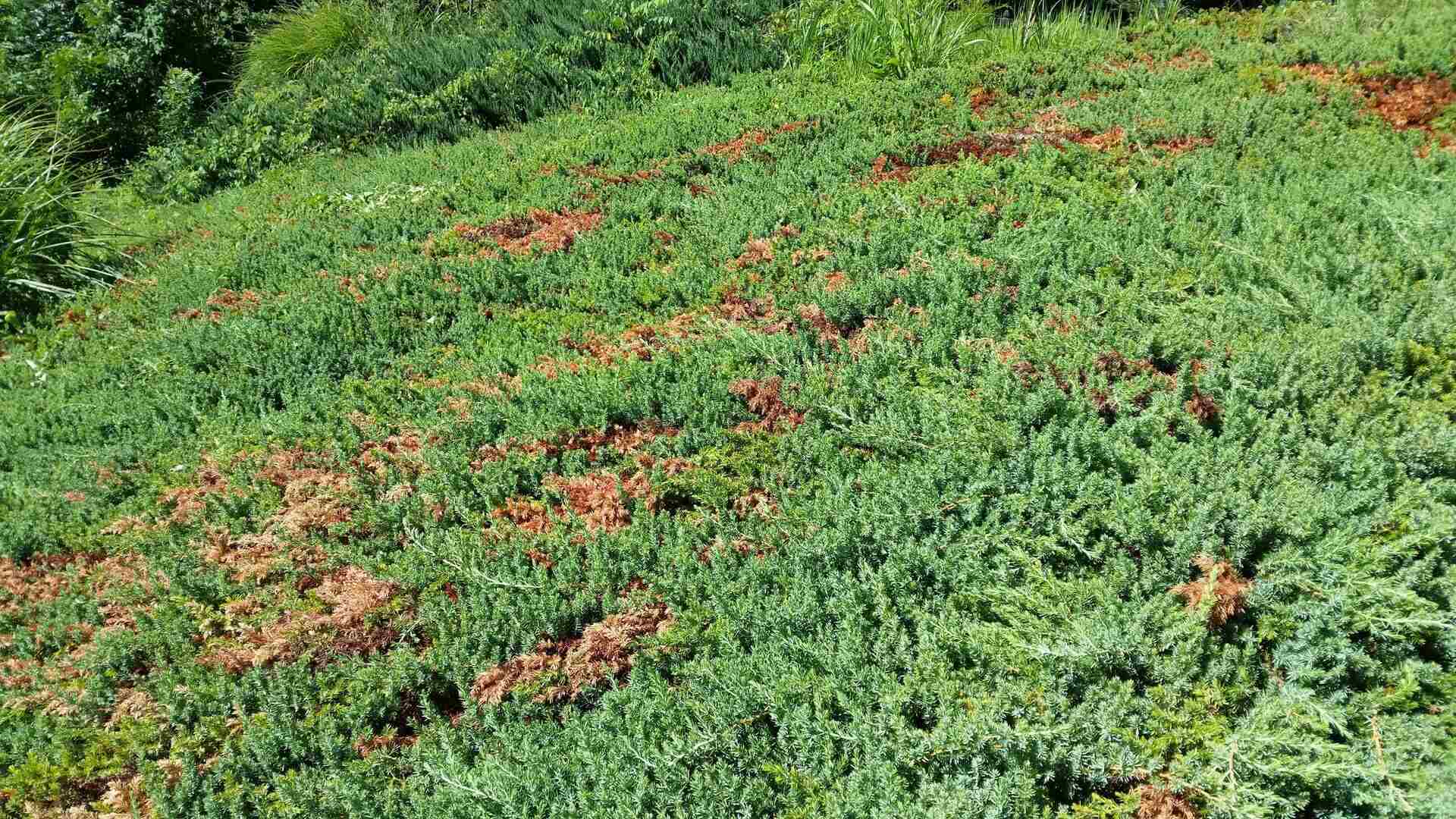

0 thoughts on “Why Grass Turning Yellow”